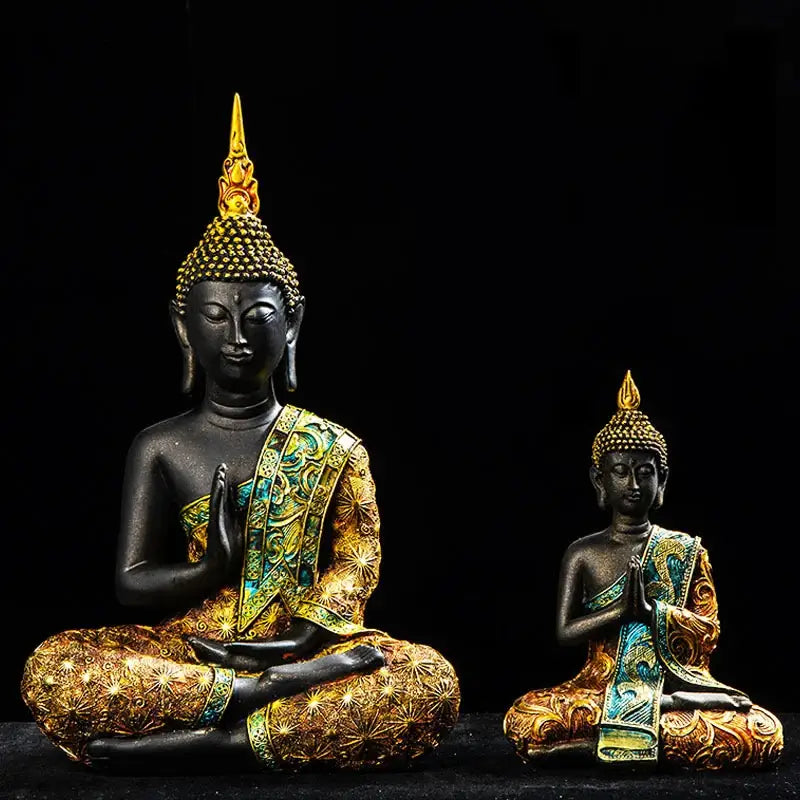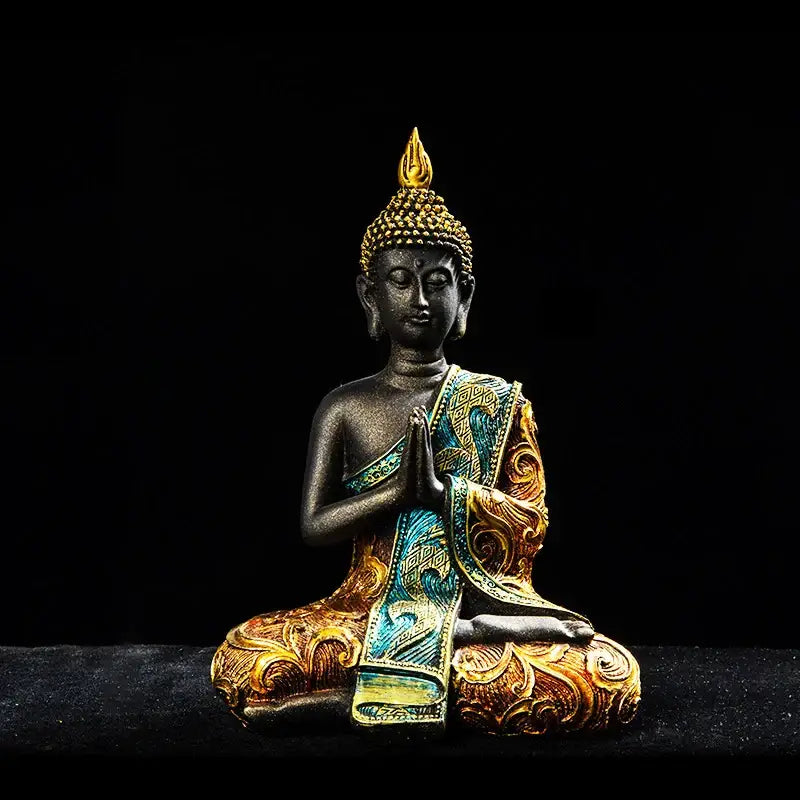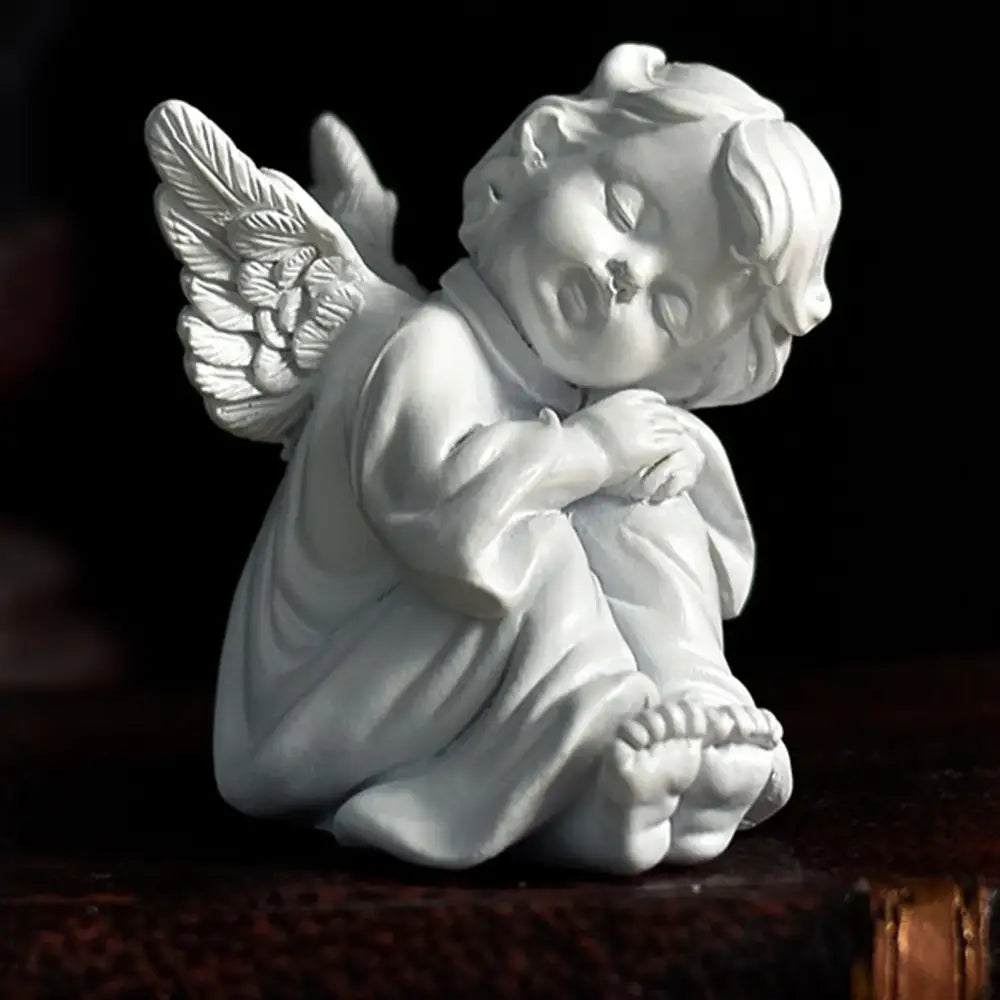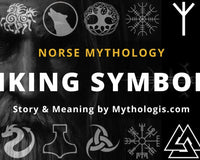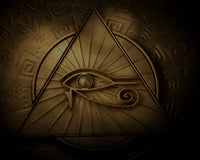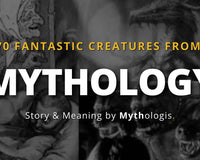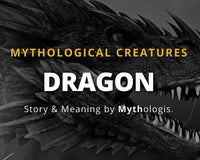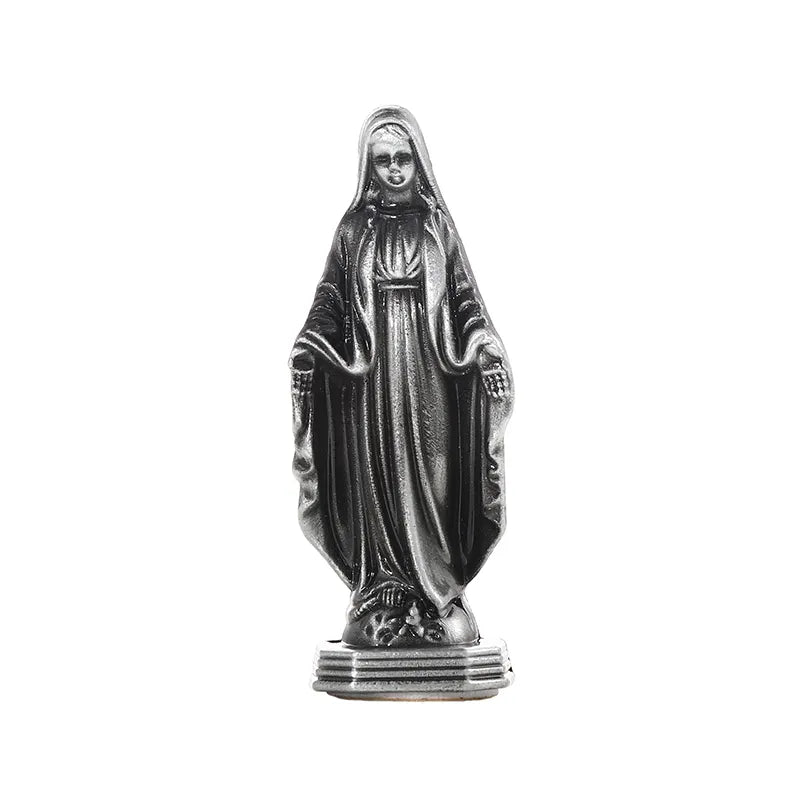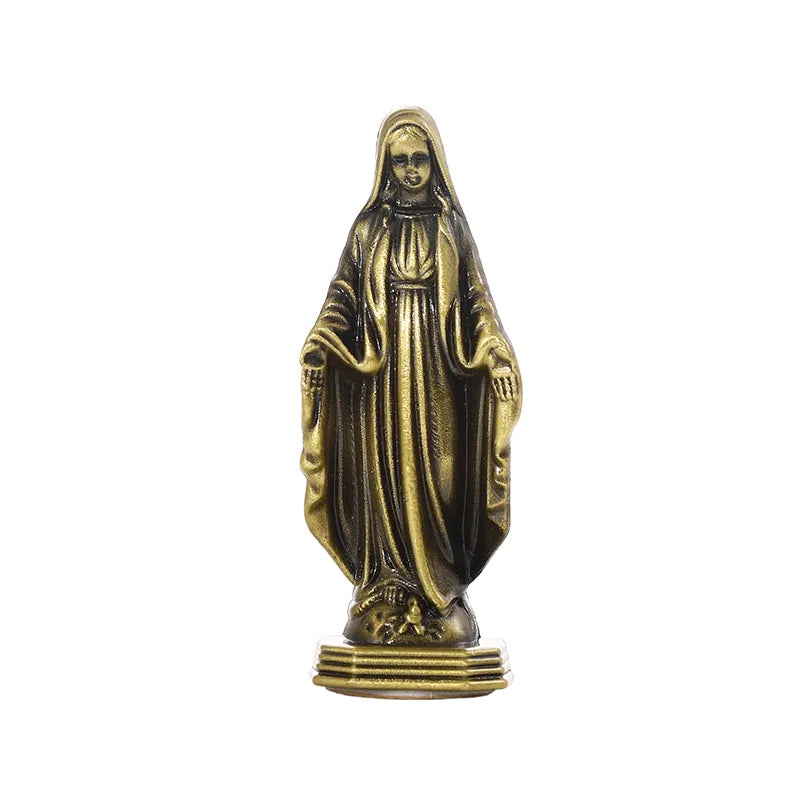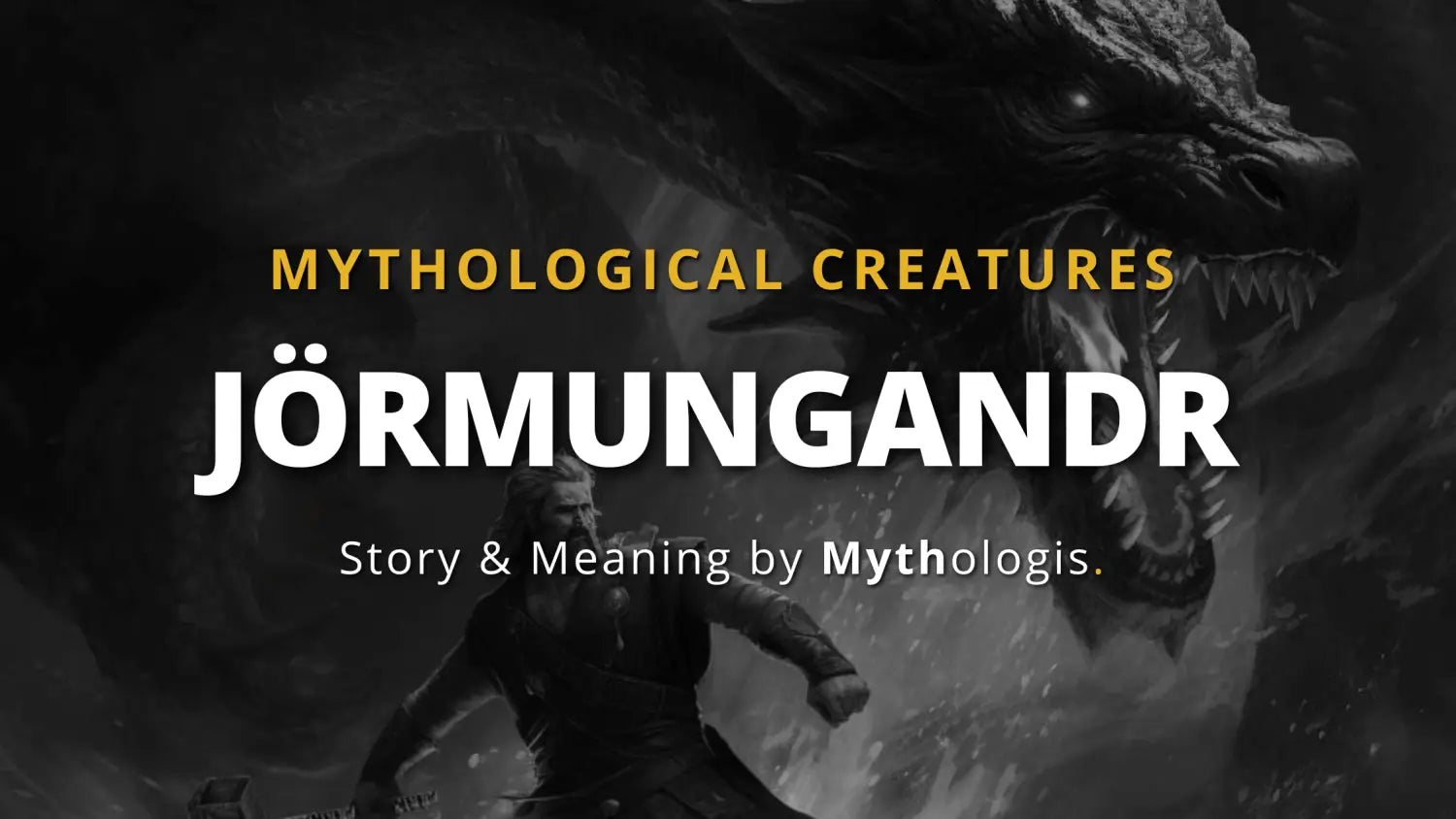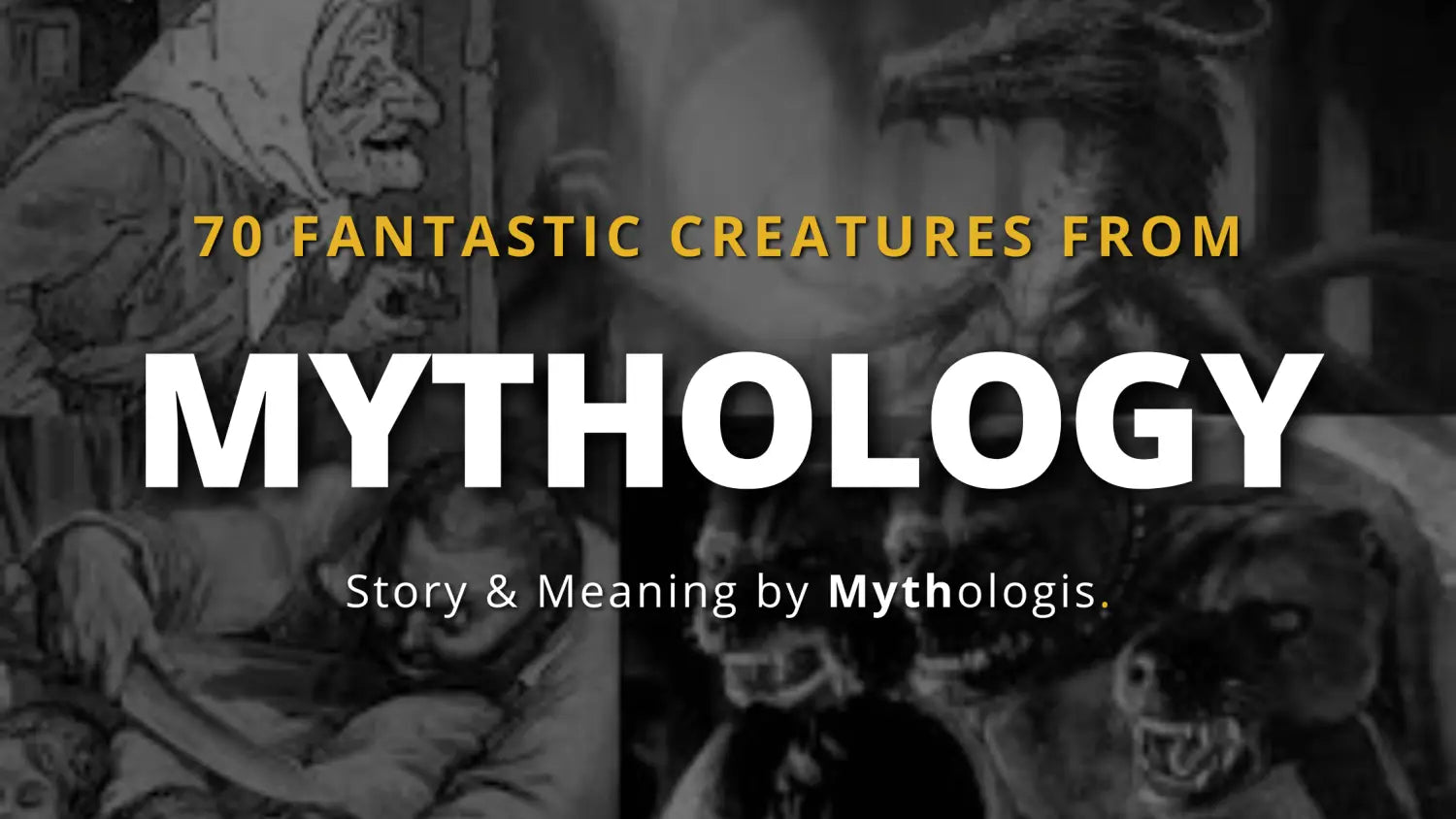Jewish mythology is the body of myths, stories, and beliefs associated with the religion of Judaism. Judaism is a monotheistic religion that originated in ancient Israel and is based on the principles and teachings of the Hebrew Bible. Jewish mythology often revolves around the idea of a single, all-powerful God who created the world and continues to watch over and guide his chosen people, the Jews. Jewish myths often explain the origins of the world, natural phenomena, and the customs and traditions of Jewish communities. Many Jewish stories also feature other spiritual beings, such as angels and demons, as well as heroes who embark on epic quests. These myths play an important role in the cultural and spiritual traditions of Jewish communities.
The beginning of the Jewish Mythology
The Jewish religion, also known as Judaism, is one of the oldest monotheistic religions in the world. It originated in the ancient Near East and is based on the belief in one God who revealed himself to the Jewish people through prophets and the Hebrew Bible (also known as the Tanakh).
According to Jewish tradition, the history of Judaism begins with the covenant made between God and Abraham, the first Hebrew patriarch. Abraham is considered the father of the Jewish people, and his story is told in the Hebrew Bible. According to the Bible, God promised Abraham that he would make him the father of a great nation and that his descendants would be blessed. In return, Abraham agreed to follow God’s commandments and to worship him alone.
The story of the Jewish people is closely tied to the history of the land of Israel. The ancient Israelites, who were the descendants of Abraham, lived in the land of Israel for many centuries and developed a rich culture and religion based on the worship of one God. The Hebrew Bible, which contains the Jewish scriptures, was written during this time and contains many of the core beliefs and practices of Judaism.
Throughout their history, the Jewish people have faced many challenges, including persecution, exile, and discrimination. Despite these challenges, Judaism has survived and flourished, and it remains an important and vibrant religion to this day.
Important Dates in the Jewish Religion
Rosh Hashanah:
This holiday, also known as the Jewish New Year, marks the beginning of the Jewish civil year and is a time for introspection and repentance. It is typically celebrated in September or October.
Yom Kippur:
This is the holiest day of the year for Jews and is a day of fasting and repentance. It is typically celebrated in September or October.
Passover:
This holiday commemorates the liberation of the Israelites from slavery in ancient Egypt and is celebrated with a special meal called a Seder. It is typically celebrated in March or April.
Hanukkah:
This holiday, also known as the Festival of Lights, commemorates the miracle of the oil in the Temple and is celebrated with the lighting of candles on a special candelabra called a menorah. It is typically celebrated in December.
Shavuot:
This holiday, also known as the Festival of Weeks, marks the end of the counting of the Omer, a period of 49 days between Passover and Shavuot. It is typically celebrated in May or June.
Sukkot:
This holiday, also known as the Festival of Booths, commemorates the time when the Israelites lived in temporary shelters during their journey through the wilderness. It is typically celebrated in September or October.
Origin and founder of Jewish mythology
Siddharta Gautama, also called Sakyamuni, lived in Northern India between the 6th and 5th centuries BC. After a princely and then ascetic life, it is through meditation that he reached the state of supreme consciousness that made him the Buddha, “the Awakened One”. Through his sermons, he founded a path distinct from Hinduism: the Buddha-shâsana or Buddha’s teaching.
Reference texts of Jewish mythology
The ancient scriptures are divided into three baskets: Vinaya, rules of monastic life, Sutra or sermons of the Buddha and Abhidharma, study of certain points of doctrine. The tradition has continued to grow through the ages and cultures, so that each Buddhist school has its own collection of sutras, in Pali, Sanskrit, Chinese and Tibetan.
Branches and currents
The different schools are grouped into three streams that diverge in their understanding of the Buddha, their philosophy and their discipline: Theravada is the doctrine of the elders, practiced in Sri Lanka and as far away as Vietnam; Mahayana or the great vehicle, developed in China, Korea, Vietnam and Japan, with the Zen and Pure Land schools in particular; Vajrayana or the diamond vehicle characterizes the Tibetan tradition.
Fundamental beliefs of Jewish mythology
Based on the Indian notions of karma, retribution for acts, and samsara, the cycle of rebirths or reincarnations, the Buddha’s teaching focuses on the absence of the Self – anâtma -, the impermanence of all things – anitya – and suffering – dukkha -; He develops the “Four Noble Truths” on the universality of suffering arising from desire and the path that leads to its cessation through the “Noble Eightfold Path” (correctness of understanding – thought – speech – action – means of existence – effort – attention – concentration). Nirvana is the extinction of all attachments. The Mahayana current emphasized the emptiness – shûnyatâ – of all apparent reality and exalted the ideal of the Bodhisattva, committed by vows to deliver humanity.
Precepts of conduct of Jewish mythology
Buddhist morality – shîla – is based on ten prescriptions; the first five concern all the people: respect for life, respect for property, refusal of disordered sexuality, respect for truth and abstinence from intoxicating drinks; the five supplementary ones are reserved for the monks. In relation to the Bodhisattva model, the Mahayana tradition cites ten perfections – pâramitâ -: charity – morality – patience – energy – meditation – wisdom, to which are added: method – vows – resolution – knowledge of all the Dharma.
Prayers and cult practices
One goes to the temple to venerate and make an offering to the Buddha represented by a statue, often surrounded by secondary deities. In Mahayana, everyone is called to become a Buddha through detachment from all passions and meditation that leads to a correct perception of reality. Some schools, such as Zen, insist on the necessary effort (sitting, intellectual paradox, discipline, relationship to the master, visualization); others, such as Pure Land, open wide the doors of paradise. The monks, and to a lesser extent the nuns, play an important role by the example and the teaching that they perpetuate.
Main festivals in the Jewish mythology
Every month, the full ine moon is the occasion of a festival. At Wesak, the Theravada tradition celebrates the birth, the enlightenment – Bodhi – and the final extinction – Paranirvana – of Gautama Buddha, which the Mahayana current celebrates independently. Asala recalls the first preaching in Benares and Kathina marks the end of the monks’ retreat during the rainy season. In Mahayana, the masters of the different schools are also celebrated.
Rites from birth to death
Buddhism has specific ceremonies for birth and death which differ from one country to another. The entry into the monastery with the provisional or perpetual vows is an important moment.
Prescriptions and prohibitions
In principle, Buddhists abstain from intoxicating drinks; many, especially monks, are vegetarians.
Organization, structures and functions in the Jewish mythology
The heart of the Buddhist organization is the community – samgha. There is no single teacher in Buddhism. The different schools are completely autonomous with their own superior, or patriarch, often surrounded by a college. Maintained by lay donations, temples and monasteries remain the place par excellence for teaching and practice.
Attitude towards other religions
Starting in India and spreading throughout Asia, Buddhist teaching has shown a great capacity for religious and cultural adaptation. Coexisting with other religions, it manifests an unrestricted tolerance.
Attitude towards the State and society
Open to all strata of the population, without distinction of race or class, Buddhism has always endeavored to have the support of the representatives of political power. It owes its first expansion outside India to the famous emperor Ashoka (3rd century BC). Like Tibet and Japan, some countries, including Bhutan, still recognize Buddhism as a state religion. In several countries, such as Sri Lanka and Thailand, Buddhism plays an important political role, whereas in China, Tibet, Mongolia, Indochina and North Korea, it has suffered persecution under communism.


